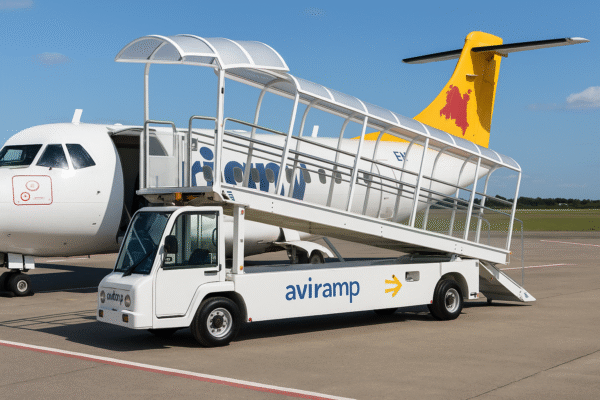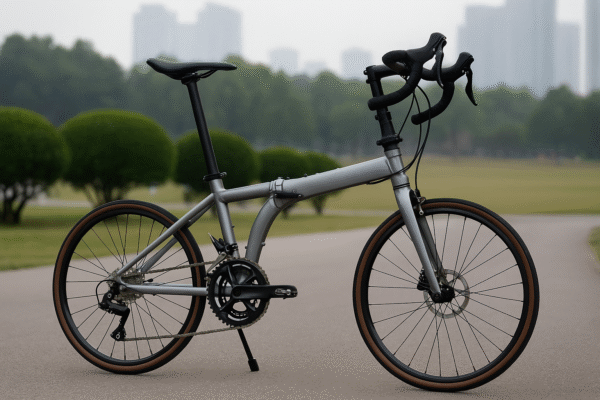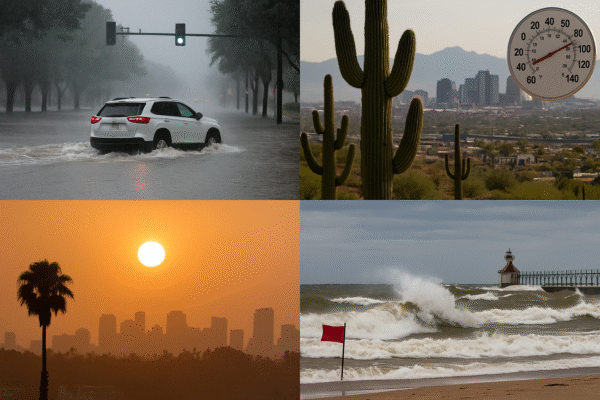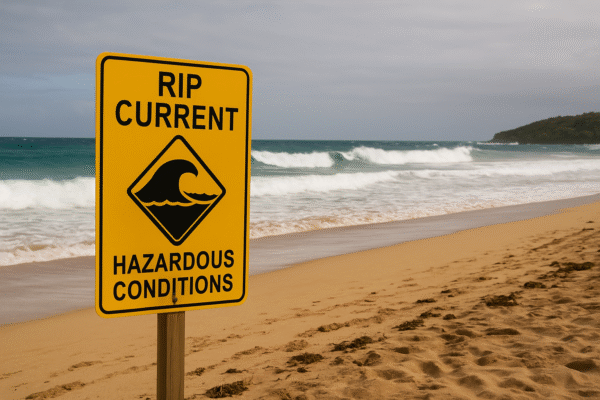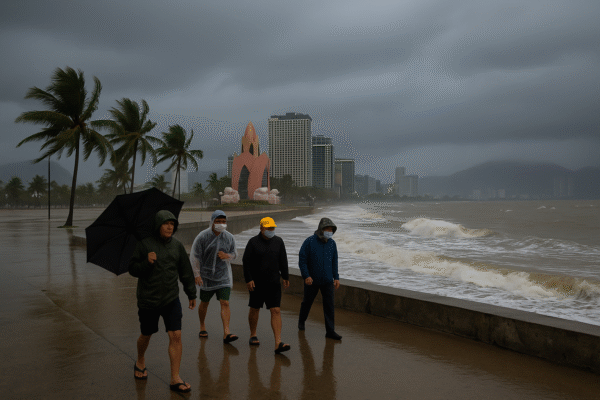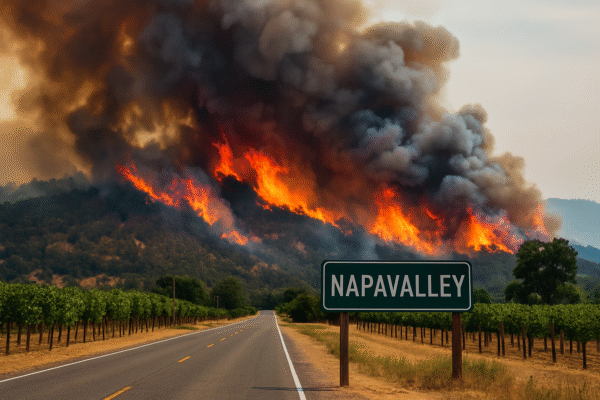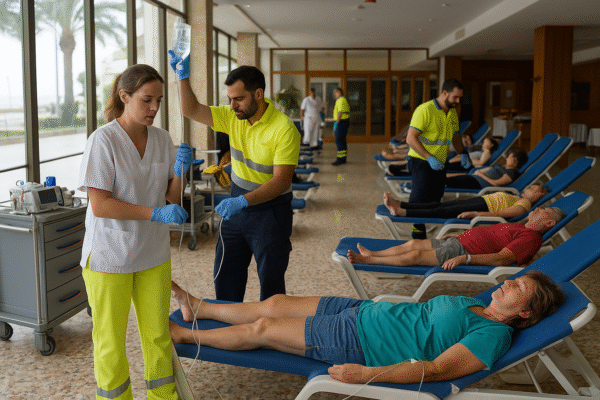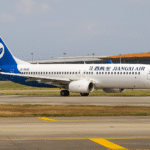Vietnam is in full emergency response mode as Typhoon Kajiki, the most powerful storm of 2025 to date, barrels toward its central coast. With sustained winds reaching up to 166 km/h (103 mph), the typhoon threatens extensive flooding, landslides, and widespread disruption.
Authorities have already evacuated over half a million residents, particularly in vulnerable regions such as Thanh Hóa, Nghệ An, Quảng Trị, and Thừa Thiên–Huế—stretching from the central to northern provinces. Schools and airports have been closed, flights canceled, and maritime operations suspended in affected coastal cities like Vinh, Danang, and Hue.
Key Emergency Measures in Place
- Flight Disruptions & Airport Closures
Airlines have swiftly canceled dozens of flights following the closure of airports in Thanh Hóa and Quảng Bình provinces. - Schools and Public Offices Shut Down
Indoor facilities have been closed as part of precautionary efforts across storm-path regions. - Deployment of Military & Paramilitary Teams
Over 16,500 soldiers and 107,000 paramilitary personnel are actively assisting with evacuations and emergency coordination. - Disruption on China’s Hainan Island
Even before reaching Vietnam, Kajiki drenched Hainan Island with heavy rains and winds. In Sanya, tourists were urged indoors, public transport halted, and fishing operations suspended.
Impact for Tourists and Travelers
International governments—including Canada, the UK, and Italy—have issued travel advisories urging visitors to stay informed, avoid non-essential travel, and heed local authority instructions as Kajiki approaches.
Touristic hotspots like Danang, Hue, Hanoi, and Vinh are facing imminent risks of flooding, landslides, and major disruptions to transportation and utilities. Flash floods are a significant threat, particularly in low‑lying zones along rivers and in coastal provinces.
What Tourists Should Do Now
Stay Connected and Informed
Monitor updates from Vietnamese authorities and trusted foreign advisories. Many embassies offer online resources and hotlines—Canada’s travel advisory hub and the UK’s FCDO pages are good starting points.
Avoid Hazard Zones
Steer clear of areas prone to flooding and landslides, particularly riverbanks and poorly drained roads. Do not attempt to cross flooded bridges or rivers.
Prepare for Power and Telecom Disruptions
Carry extra batteries, portable chargers, and essential supplies like bottled water and non-perishables. Power outages and communication breakdowns are expected.
Heed Evacuation and Shelter Orders
If instructed to evacuate or shelter in place, do so without delay. Authorities are guiding safe routes to shelters and safe zones.
Consider Travel Insurance
Ensure your policy includes coverage for natural disasters—this is vital for potential flight cancellation, emergency evacuation, or medical contingencies.
The Road Ahead for Travel in Vietnam
Even after Kajiki makes landfall—expected on August 25, 2025 near Thanh Hóa to Nghệ An—lingering risks like mudslides and flash flooding may linger for days. Road and infrastructure damage could delay travel and recovery well beyond the storm’s passage.
Despite these challenges, Vietnam remains an enchanting destination known for its rich culture, stunning landscapes, and warm hospitality. Safety, however, remains the immediate priority. By staying alert, flexible, and prepared, travelers can navigate this emergency period with caution until normal conditions return.
For more travel news like this, keep reading Global Travel Wire

